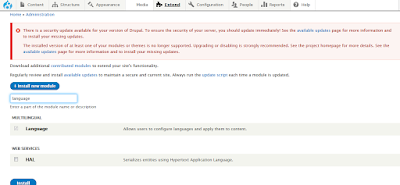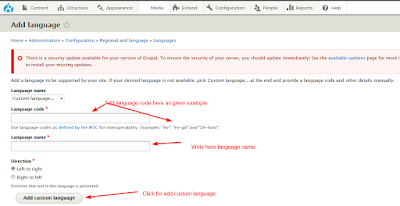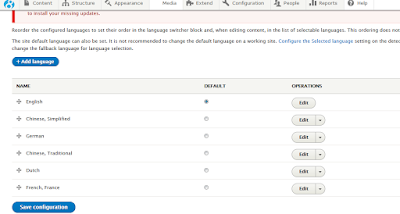Here we are defining our drupal 8 query structure with easy mode. You can find/search here INSERT, SELECT, UPDATE, DELETE.
We will explain in easy way with an examples, Please have a look..
That is our table `testing_form` structure..
| id |
candidate_name |
candidate_mail |
candidate_number |
candidate_dob |
| 1 |
John |
john@gmail.com |
1236547890 |
2014-10-22 |
| 2 |
Mary |
mary@gmail.com |
5698741230 |
2014-10-23 |
| 3 |
Karen |
karen@gmail.com |
0123654789 |
2014-10-23 |
INSERT Query Structure:
According to php we will define INSERT Query as:
$insert_query = "INSERT INTO testing_form (candidate_name, candidate_mail, candidate_number, candidate_dob) VALUES ('sahil', 'sahil@gmail.com', '9874563210', '22-11-1990')";
mysqli_query($connection, $insert_query);
And now in case of drupal 8, our structure will be.
$fields = array(
'candidate_name' => 'sahil',
'candidate_mail' => 'sahil@gmail.com',
'candidate_number' => '9874563210' ,
'candidate_dob' => '22-11-1990',
);
db_insert('testing_form')
->fields($fields)
->execute();
Here 'testing_form' is table name and $fields variable is the data for fields of table.
SELECT Query Structure:
According to php we will define SELECT Query as:
$select_query = "SELECT * from testing_form where id = '2' and id != '3'";
mysqli_query($connection, $select_query);
And now in case of drupal 8, our structure will be.
$result = db_select('testing_form', 't')
->fields('t')
->condition('id', 2, '=')
->condition('id', 3, '!=')
->execute()
->fetchAll();
Here 'testing_form' is table name and our condition is all 2nd id candidate come but not come on 3rd id candidate.
We have some other method for SELECT query with connection in drupal 8..
$connection = \Drupal\Core\Database\Database::getConnection();
$results = $connection->query('select candidate_name, candidate_mail, candidate_number, candidate_dob')->fetchAll();
UPDATE Query Structure:
According to php we will define UPDATE Query as:
$update_query = "UPDATE `testing_form` set candidate_name='karen sood' where id='3'";
mysqli_query($connection, $update_query);
And now in case of drupal 8, our structure will be.
$update_query = \Drupal::database()->update('testing_form')
->fields(array('candidate_name' => 'karen sood', 'candidate_number' => '1236547890'))
->condition('id', '3')
->execute();
Here 'testing_form' is table name and our condition is id number `2nd` of candidate data will update.
DELETE Query Structure:
According to php we will define DELETE Query as:
$delete_query = "DELETE from `testing_form` where id='3'";
mysqli_query($connection, $delete_query);
And now in case of drupal 8, our structure will be.
$delete_query = \Drupal::database()->delete('testing_form');
->condition('id', '3');
->execute();
Here 'testing_form' is table name and our condition is id number `3rd` of candidate data will delete.
So these all are INSERT, SELECT, UPDATE, DELETE queries structure for Drupal 8. Next time we will come with `JOINS`, like how to use `joins` in drupal 8 query with many of conditions.
Note:
If have any suggestions or issue regarding 'What is right query structure for drupal 8?' then you can ask by comments. 









